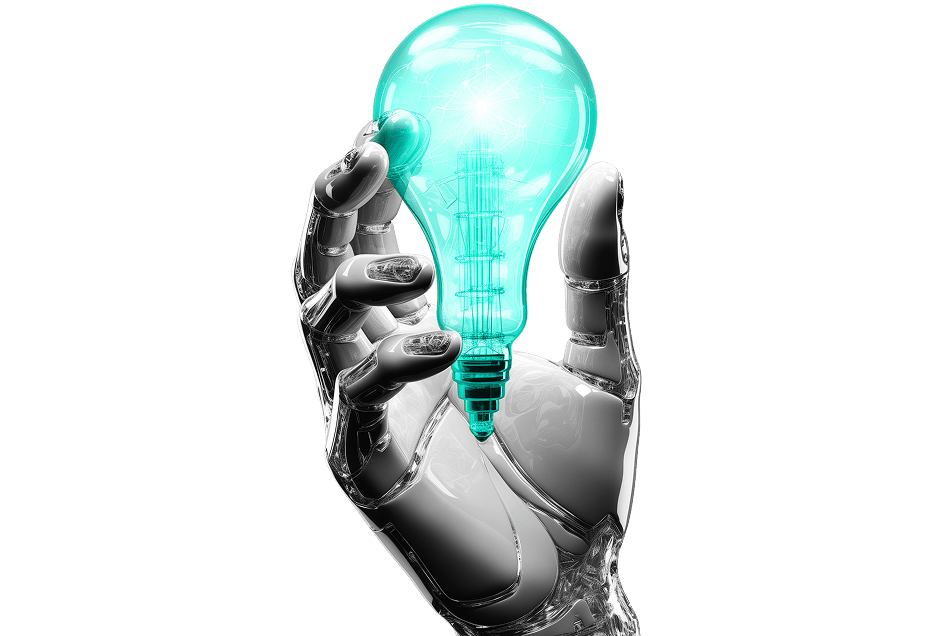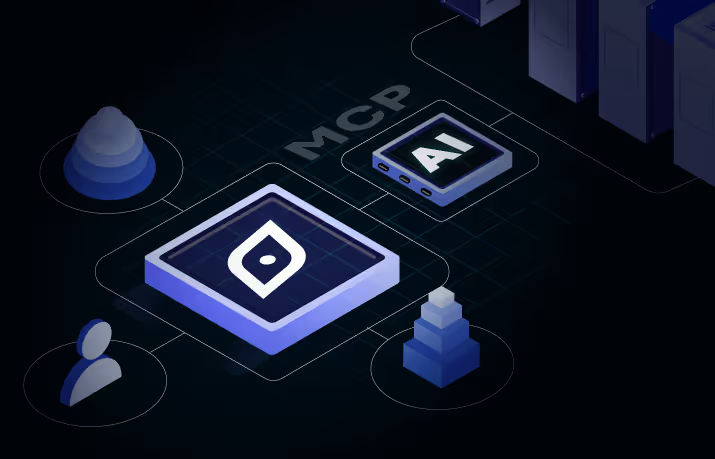Bridge the Skills Gap: 7 Customer Benefits of a Modern Skills Architecture
Addressing the skills gap is essential for organizations to remain competitive. A robust skills architecture aligns workforce capabilities with strategic objectives, enabling businesses to navigate market dynamics and capitalize on opportunities. Effective skills gap analysis is a key component.
This post delves into seven major benefits of implementing a cutting-edge skills architecture, showcasing its advantages in the context of skills gap analysis.
7 Ways Modern Skills Architecture Supports Skills Gap Analysis
- Granular, peer-level skills data: The foundation for accurate skills gap analysis
A modern skills architecture distinguishes itself by collecting skills data at a highly granular, peer level. This detailed approach allows for reporting on emerging skills with specificity across occupations, job families, and job roles. Instead of relying on broad generalizations, you gain actionable insights – the bedrock of effective skills gap analysis. You can now pinpoint specific skills deficiencies within your organization, enabling data-driven decisions about targeted training programs and resource allocation to close the skills gap.
- Integrating skills data for comprehensive skills gap analysis
A key benefit of a strong skills architecture is its ability to seamlessly integrate with your existing HR and talent management systems, like Workday. This interoperability is crucial for incorporating skills data into your established processes, creating a unified view for skills gap analysis. Consistent skills data across platforms ensures a holistic view of workforce capabilities, streamlines workflows for improved efficiency in conducting skills gap analysis, and enhances data accuracy by reducing silos, leading to more reliable results.
- Identifying digitally replaceable skills: A proactive approach to skills gap analysis
A forward-thinking skills architecture goes beyond identifying current and emerging skills by also pinpointing skills that are declining or can be automated through AI. This is achieved through understanding the Digitally Replaceable Quotient (DRQ) of individual skills. By understanding which skills are becoming obsolete, you can proactively plan for automation, develop targeted reskilling strategies for employees to address the skills gap, and optimize your workforce composition for the future, minimizing the impact of automation.
- Skill cluster quadrant for strategic workforce planning
A modern skills architecture helps organizations develop a Skill Cluster Quadrant, which maps emerging skill clusters for each function (e.g., HR, Finance, Engineering, Maintenance). This is essential for understanding the functional skills gap. This strategic tool provides a clear visual representation of the skills needed for each function, facilitating strategic workforce planning to close the skills gap, enabling the development of function-specific training programs, and ensuring that skills development initiatives are aligned with the specific needs of each function and the overall business strategy.
- Workload-based job descriptions: Building job roles aligned with skills gap analysis
A cutting-edge skills architecture transforms traditional job descriptions by mapping tasks and grouping them into workloads. This allows for a more accurate assessment of the skills gap required for specific roles. This approach helps you translate tasks into manageable workloads for more effective planning, align current and future skills with specific workloads to ensure job descriptions are future-ready and accurately reflect the skills gap, and provide the assets needed to update job descriptions and plan for future skills requirements.
- Big Data-driven skill gap analysis: Uncovering hidden deficiencies
A modern skills architecture leverages big data to interpret skills from professional databases and identify key areas of skills gaps. This data-driven approach supports reskilling initiatives by identifying the skills that need to be developed within the existing workforce to close the skills gap, focuses recruitment efforts on candidates who possess the skills that are most needed to fill the skills gap, and enables data-informed decision-making about talent management based on comprehensive skills data.
- Leapfrogging with AI agents: strategically addressing the skills gap
In certain areas, a robust skills architecture identifies leapfrog opportunities, where AI Agents can handle tasks while humans focus on higher-level responsibilities. This allows for a strategic approach to the skills gap, focusing human effort where it’s most impactful. This approach enables you to optimize human-AI collaboration by determining the optimal division of labor between humans and AI Agents, avoid overloading reskilling efforts by focusing on areas where humans can add the most value to close the skills gap, and drive innovation by freeing up human employees to focus on creative and strategic tasks.
Draup’s: Your partner in bridging the skills gap
Draup’s skills architecture offers a comprehensive suite of tools and capabilities to help organizations align their workforce with strategic objectives, address the skills gap, and prepare for the future of work. By providing granular data, seamless integration, and AI-powered insights, Draup empowers businesses to make informed decisions about talent management and drive sustainable success. With Draup, you’re not just reacting to the skills gap; you’re proactively closing it and shaping your workforce for the challenges and opportunities ahead.
























.svg)



.svg)





.svg)
